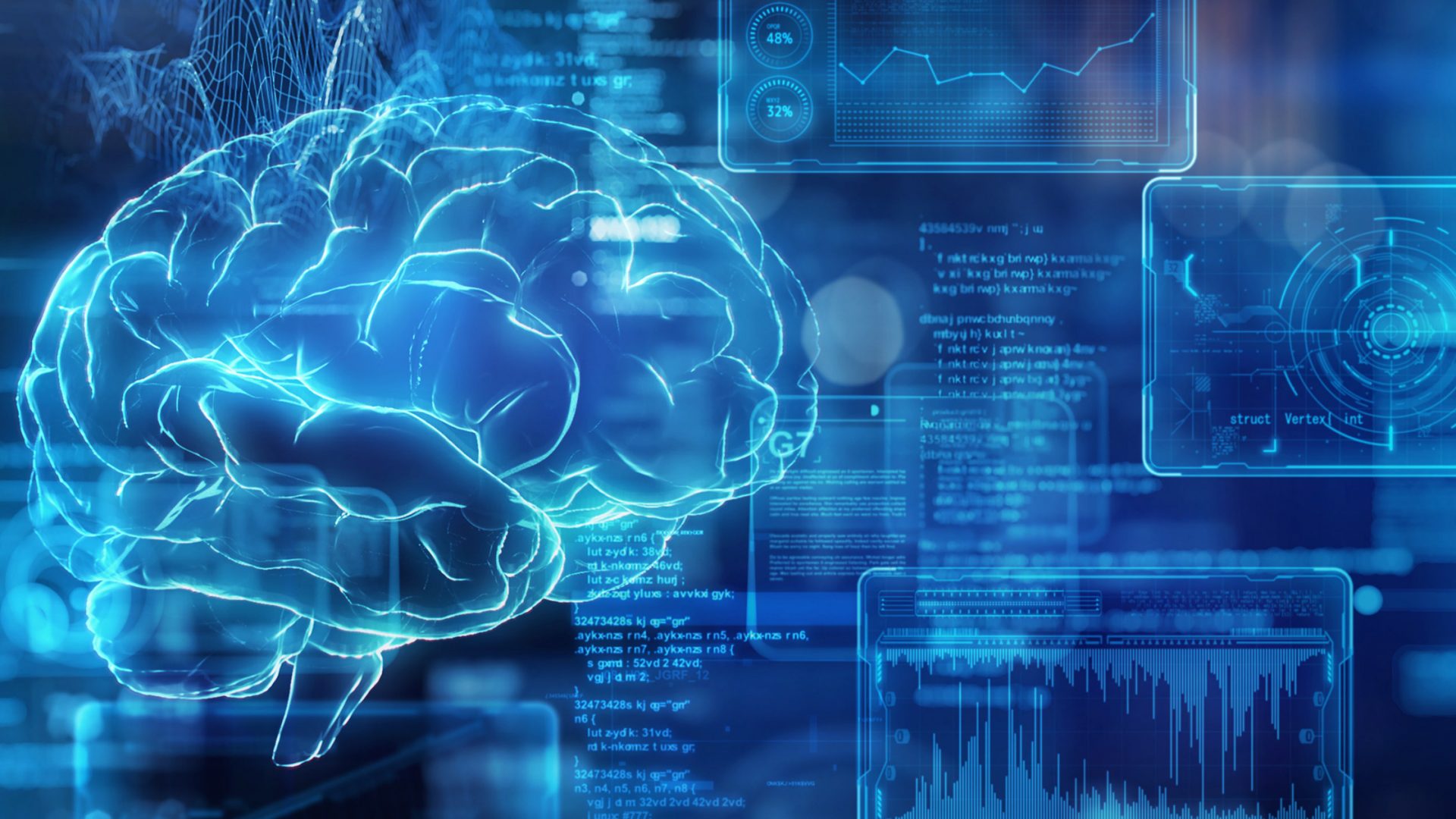Surveys suggest that up to 70 percent of physicians and 82 percent of nurses who work in the nation’s emergency departments (EDs) report symptoms of burnout—a condition associated with increased risk for medical errors, cardiovascular disease, and cognitive decline. Yet little is known about the risk factors for burnout or how it develops over time.
Researchers at NYU Langone Health are working to increase that understanding, using “digital phenotyping” to identify markers predictive of burnout symptoms. In an NIH-funded prospective longitudinal study led by Katharina Schultebraucks, PhD, the team will follow a cohort of 350 ED clinicians, using advanced computational methods to extract such markers from video and audio data.
“A problem for the study of burnout is that screening relies on subjective self-reports and the clinician’s interpretive skills. My research focuses on finding objective diagnostic and prognostic modalities.”
Katharina Schultebraucks, PhD
“A problem for the study of burnout, as with many other neuropsychiatric disorders, is that screening relies on subjective self-reports and the clinician’s interpretive skills,” Dr. Schultebraucks explains. “My research focuses on finding objective diagnostic and prognostic modalities to identify stress-related mental health issues and enable timely interventions.”
A Digital Phenotype for Burnout
In the three-year trial, currently in its enrollment phase, investigators will conduct semistructured interviews about work experience, using a subset of artificial intelligence known as machine learning to analyze participants’ voice patterns, speech content, head movement, pupil dilation, gaze, facial expressions, and other digital biomarkers extracted from video and audio data.
This digital phenotyping will then be used to predict evidence of chronic stress determined by neurocognitive tests, psychometric assessments, and physiological biomarkers—such as elevated blood pressure, inflammatory proteins in blood samples, and high cortisol concentrations in hair samples.
As digital biomarkers emerge, they will be tested for accuracy in distinguishing between risk for clinically relevant versus nonrelevant burnout symptoms. The team will also assess the association of those biomarkers with the long-term job-related stress load of individual clinicians, such as levels of ED crowding and patient acuity, adequacy of staffing, and regularity of shift schedules.
“The mental and physical wellbeing of ED clinicians is crucial not only to those who work day in and day out to save the lives of others, but is also essential to a well-functioning emergency care system.”
“By identifying objective, accurate, and reliable digital measures for burnout, we hope to promote low-threshold prevention strategies,” Dr. Schultebraucks says. “The mental and physical wellbeing of ED clinicians is crucial not only to those who work day in and day out to save the lives of others, but is also essential to a well-functioning emergency care system.”
Digital Tools for Post-Traumatic Stress Disorder and Suicidality
In addition to burnout, Dr. Schultebraucks and her research group are working to develop easily deployable digital tools for risk stratification, diagnosis, and treatment selection in other stress-related pathologies. Their approach embraces not just digital phenotyping but also clinical predictive analytics and computational medicine.
Toward this effort, the team is currently conducting two other large studies. The first, funded by the NIH, focuses on patients admitted to an ED after a potentially traumatic event. This study’s overall objective is to develop and test a risk-prediction model of post-traumatic stress disorder (PTSD) based on electronic medical records (EMRs) and digital biomarkers.
Previous work by the team, published in Nature Medicine, showed that routinely collected data from EMRs, together with a brief psychometric screening, predicted nonremitting PTSD symptoms in patients after trauma. The researchers propose to use such digital biomarkers to substitute for psychometric self-reports in developing a prognostic model of short-term and chronic PTSD risk.
The second study is part of a multicenter investigation, funded by the Swiss National Science Foundation, with multiple principal investigators. Its aim is to predict suicidal ideation and behavior in psychiatric patients who were admitted to an inpatient unit after exhibiting such symptoms and who are about to be discharged. Dr. Schultebraucks and an interdisciplinary team that includes psychiatrists, psychologists, and linguists have developed an app that draws on daily psychometric assessments, video diaries, and other data to forecast the risk of relapse.
“We want to learn not only whether digital biomarkers can predict suicidal ideation,” Dr. Schultebraucks explains, “but also how sensitive they are in monitoring changes in symptomology over time.” Answers to such questions are crucial, she notes, before these kinds of tools can be deployed in real-world settings.
“Our goal is to identify at-risk individuals who could benefit from earlier intervention, and to develop scalable approaches to treatment that can improve outcomes and reduce health disparities in vulnerable populations.”
Eventually, Dr. Schultebraucks hopes digital tools can help guide preventive and therapeutic strategies for populations ranging from firefighters to combat troops.
“Our overall goal,” she says, “is to identify at-risk individuals who could benefit from earlier intervention and to develop scalable approaches to treatment that can improve outcomes and reduce health disparities in vulnerable populations.”






